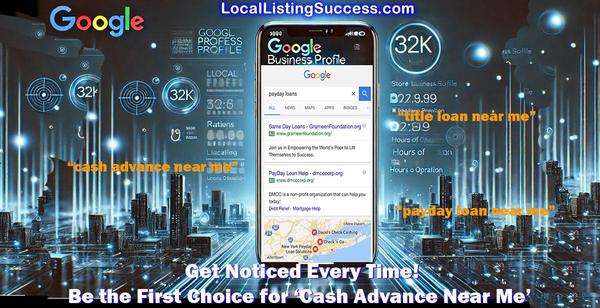1. Profitability Squeeze: BNPL Is Skimming the Cream Off Your Fee Revenue
Less wallet share for you. Every $150 Instacart basket pushed into a BNPL plan means $150 less liquidity on a borrower’s next payday, the very cash you expect to draft for their installment or
LOC payment.
Interest expense mismatch. You earn your APR daily; BNPL providers front‑load their merchant discount fees. When the consumer’s paycheck hits, the BNPL autopay fires before your ACH. Expect more same‑day NSF hits and re‑presentment fees.
Higher charge‑offs. Industry-wide default rates in storefront portfolios already range between 6 % and 12% (double that online), with grocery BNPL stacking, a model for the top of that range, or worse.
Trihouse Rule of
Thumb: For every 10 % lift in BNPL grocery penetration, bake in a 50–75 bp reduction in portfolio gross yield unless you tighten debt‑to‑income (DTI) thresholds or raise fees on new money.
2. Collections Headwinds: You’re Now Third in the Payment Waterfall
BNPL contracts typically hit checking accounts via debit card rails the moment payroll settles. Your ACH pull hits hours later.
Result?
More broken promises & roll‑to‑charge‑off speed.
Our benchmark Internet lender saw net
collection efficiency of 87 %; their First Payment Defaults still ran north of 15 % even before the BNPL boom.
Repos & garnishments get pricier. Rising consumer bankruptcies – up 22 % YoY through February mean more automatic stays, attorney time, and slower recoveries.
Dialer fatigue. Expect higher right‑party‑contact attempts per cure. If your collectors average 55 calls to cure a payday default today, plan for 65‑70 by Q4.
3. First‑Payment Default (FPD) Spike: Modeling the Next Six Months
Historic storefront FPD target: ≤15
%; industry online average: 25 %+.
Trihouse forecast: BNPL grocery penetration pushes FPD +300–500 bps. A 12 % FPD book could breach 17 % by holiday 2025 if underwriting is unchanged.
Quick Stress‑Test
Portfolio: $5 M outstanding | Average
installment term: 180 days | Fee yield: 98 % APR equivalent
• Baseline charge‑off 8 % → Net revenue $700 K/mo
• Post‑BNPL charge‑off 11 % → Net revenue $550 K/mo (‑21 %)
That delta torches one‑third of your EBITDA.
4. Action Steps for Lenders – Starting
Monday Morning
Front‑Load ACH Windows. Move your primary debit to day‑1 predawn (ex: 4 a.m.) to jump ahead of BNPL card debits. Yes, your processor can do it.
BNPL Inquiry Flag. Pull Chirp, Plaid, or MX data to count open BNPL trades and jam a 30 % DTI hard stop above four active BNPL plans.
Graduated Pricing. Add 300 – 500 bps to fees on applicants with ≥3 concurrent BNPL contracts.
Collector Toolkit 2.0. Deploy SMS payment links that settle in real‑time (push‑to‑card) to capture funds before the next BNPL installment.
Marketing Shift. Google Ads blocks
>36 % APR products. Pivot spend to Facebook custom audiences of gig‑economy workers; they over‑index on BNPL usage.
Investor Narrative. Update deck language: “BNPL grocery adoption = tail‑risk. We mitigate via real‑time bank analytics, dynamic pricing, and ACH timing.”
5. The Macro Lens
Between CPI‑driven food inflation (up 23.6 % since 2020) and a credit‑card delinquency spike not seen since the Great Recession, consumers are juggling more short‑term debt than ever.
BNPL grocery financing is the canary in the coal mine.
Bottom line: If your underwriting, fee structure, and collections cadence still look like 2022, you’re an endangered species.
Tweak now, or watch your portfolio turn into alphabet soup: NSF ➜ FPD ➜ CO.
Stay nimble, stay profitable.
— Trihouse
Consulting



